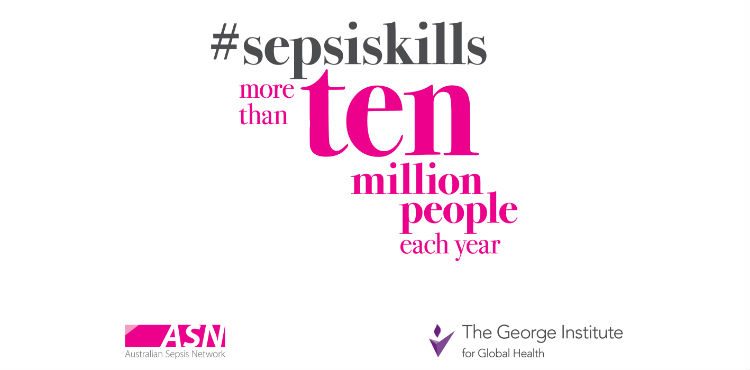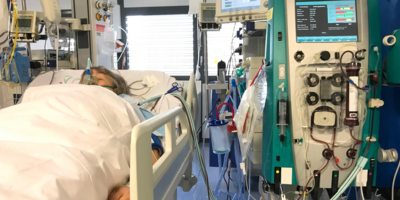
Sepsis: Australia needs national action plan
Each year at least 5000 Australians die from sepsis – a life-threatening organ dysfunction due to infection – but Australia has no national action plan to coordinate public awareness campaigns and treatment bundles, according to the authors of a Perspective published today by the Medical Journal of Australia.
Led by Professor Simon Finfer, from The George Institute for Global Health at the University of NSW, the authors called for “a coordinated national approach” to “reduce preventable deaths and disability from sepsis”.
“Current estimates suggest that there are 18 000 episodes of intensive care unit-treated sepsis in Australia each year and at least 5000 deaths which disproportionately affect the very young, the very old, and Aboriginal and Torres Strait Islander people,” Finfer and colleagues wrote.
Accurate data collection about sepsis remains challenging, they wrote, with current screening methods having “insufficient sensitivity and specificity” and hospital coding significantly undercounting the burden of the disease.
“A recent survey by the Australian Sepsis Network and The George Institute for Global Health reported that only 40% of Australians have heard of sepsis and only 14% know any of its signs,” wrote Finfer and colleagues.
“Lack of awareness results in delayed presentation to health care providers and because early bundled intervention (particularly, prompt antibiotic treatment) remains the most effective treatment, such delays increase the risk of preventable deaths and disability. Sepsis is a time-critical medical emergency.”
NSW introduced its Sepsis Kills program which “promoted recognition of sepsis and intervention within 60 minutes — including taking blood cultures, measuring serum lactate levels, administration of intravenous antibiotics, and fluid resuscitation” and demonstrated substantial improvements.
Queensland has developed the Sepsis Breakthrough Collaborative, and Safer Care Victoria has initiated the Think Sepsis: Act Fast scaling collaboration on the back of the NSW success.
“While these state-based initiatives to audit and improve in-hospital recognition and treatment of sepsis are welcome, a coordinated national approach that addresses pre-hospital and in-hospital recognition and treatment, and the significant and neglected post- discharge needs of sepsis survivors, is likely to reap greater benefits at a lesser cost,” Finfer and colleagues wrote.
“The 2017 WHO resolution on sepsis, co-sponsored by Australia, provides a unique and timely impetus to stimulate coordinated action to improve the prevention, diagnosis and management of sepsis in Australia,” they concluded.
“Sepsis initiatives in Australia should adopt strategies that have been successful in improving outcomes in other time critical conditions such as myocardial infarction and stroke, and should learn from the experiences that have improved sepsis care in other countries.”
Media Credit: The MJA (The Medical Journal of Australia)



